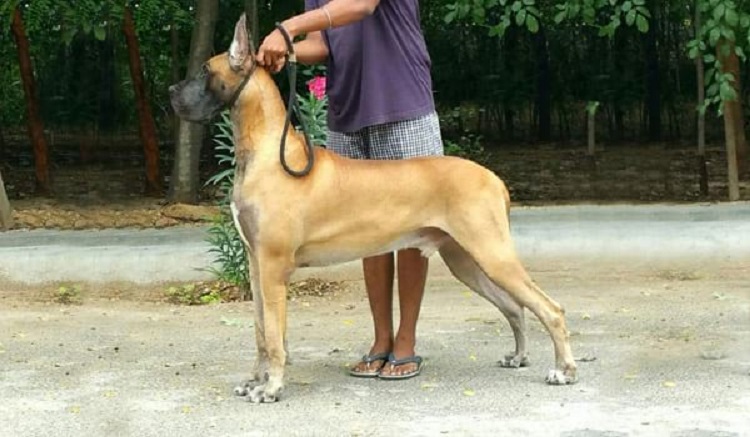Did you know that the bacteria living in and on your body outnumber your body’s own cells? The same is true for our companion animals, and science shows that beneficial bacteria – the dog microbiome and the cat microbiome – have a symbiotic relationship with our pet’s bodies and affect their overall health and wellness.
What Is a Microbiome?
In the word microbiome, micro means “small,” while biome refers to a community of flora and/or fauna that inhabit an ecosystem. The easiest way to conceptualize a dog microbiome or a cat microbiome is to think of them as a microscopic population of bacteria, viruses, fungi and protozoa that occupy the ecosystem of the body. While you will often hear about gut bacteria, there are also bacteria that live on the skin, in the oral cavity, in females’ lower reproductive system and in the respiratory tract.
A certain number of “good” gut bacteria help support health. But, there are also “bad” gut bacteria that can cause disease. The majority of the microbiome lives and functions in the colon. In a healthy individual, the good bacteria outnumber the bad bacteria and help keep them in check. If the bad guys start to outnumber the good guys, disease manifests. In dog and cat microbiomes, the good bacteria are supportive friends that aid normal bodily function.
Every intestinal dog microbiome and cat microbiome is unique. A recent study published in Microbiome Journal showed that the human microbiome is more similar to the dog microbiome than to those in pigs or mice. The microbiomes of individuals who cohabit and have similar eating habits will bear some resemblance, but each individual’s microbiome will still be slightly different. However, the core functions that a microbiome may perform bear resemblance from individual to individual—even though the bacteria may be different, they still often perform similarly like in the case of metabolic functions says the Journal of Veterinary Internal Medicine.
How Do Microbiomes Develop in Companion Animals?
Dogs and cats are not born with a microbiome. Puppies and kittens start building one immediately after birth, from their mother and the surrounding environment. Your pet’s microbiome can be built from a variety of things they come in contact with every day from toys to food to indoor and outdoor environments, and yes, even from you.
As puppies and kittens grow and mature, their microbiomes change and mature as well. The microbiome remains stable in most adult dogs and cats unless they become unhealthy from other illnesses or improper nutrition.
How Does the Microbiome Affect My Pet’s Overall Health?
Gut bacteria not only aid digestion, but they also synthesize vitamins and essential amino acids, help prevent infections, strengthen the immune system and support general health and well-being. Research demonstrates a correlation between the gut flora and diabetes, heart disease, autoimmune disorders such as asthma, allergies, GI diseases such as IBD and colitis, as well as other conditions. We now know that people’s microbiomes can influence their mood and that some depressed humans have altered gut flora. Further, a recent study in Trends in Cancer investigates the ways in which the microbiome can influence the development and spread of cancer. The microbiome can also be affected by obesity; a study from the American Society for Microbiology found abnormal microbiomes in obese dogs.
The microbiome can affect almost every tissue in your pet’s body, making a balanced microbiome vital for overall health. Each microbiome from your dog or cat’s gut to their skin or oral cavities is different. Each require slightly different needs to help promote the good bacteria or slow the impact of the bad bacteria.Researchers are now testing microbiome treatment in unhealthy individuals. Current therapeutic approaches include meal plan modification, antibiotics, probiotics, prebiotics and fecal microbiome transplant therapy.
How Does Nutrition Affect the Microbiome?
Food has a big influence on the health and population of the dog and cat microbiome. When a companion animal’s microbiome becomes unbalanced, the digestive system is thrown out of balance as well, potentially causing diarrhea, vomiting, constipation, appetite changes, skin problems, behavioral problems, sluggishness and more. The dog and cat microbiome is sensitive, and can be affected by food, medications, stress and environment. Even something as seemingly innocuous as abruptly changing a dog’s or cat’s food can alter the microbiome. Differing levels of protein, fat, carbohydrates, soluble fiber and insoluble fiber can all influence and alter a dog or cat microbiome.
According to Cell Host & Microbe, one of the most famous experiments showing the effect of food on the microbiome was first conducted in 2008, when researchers transplanted organisms from a human microbiome to mice. When these mice were switched from a low-fat, plant-rich meal plan to a junk food binge of high-sugar, high-fat food, their microbiomes changed significantly in less than a day.
When you feed your pet, you are also feeding their microbiome. While still in the early stages of research, new discoveries are being made every day that reveal the role that feeding a pet’s microbiome has on their overall health. At Hill’s Global Pet Nutrition Centre, a team of pet scientists and nutritionists are linking the affects of certain nutrients on your pet’s microbiome as well as their cells. Understanding the relationship between these nutrients and bacteria is helping formulate foods that better promote healthy microbiomes, and consequently healthier pets.
The conclusions are clear: The trillions of microorganisms living in our pets must be properly balanced to promote their health and wellness. Nutrition is one way to balance a cat or dog microbiome and thus support a companion animal’s general well-being.


Leave a Reply